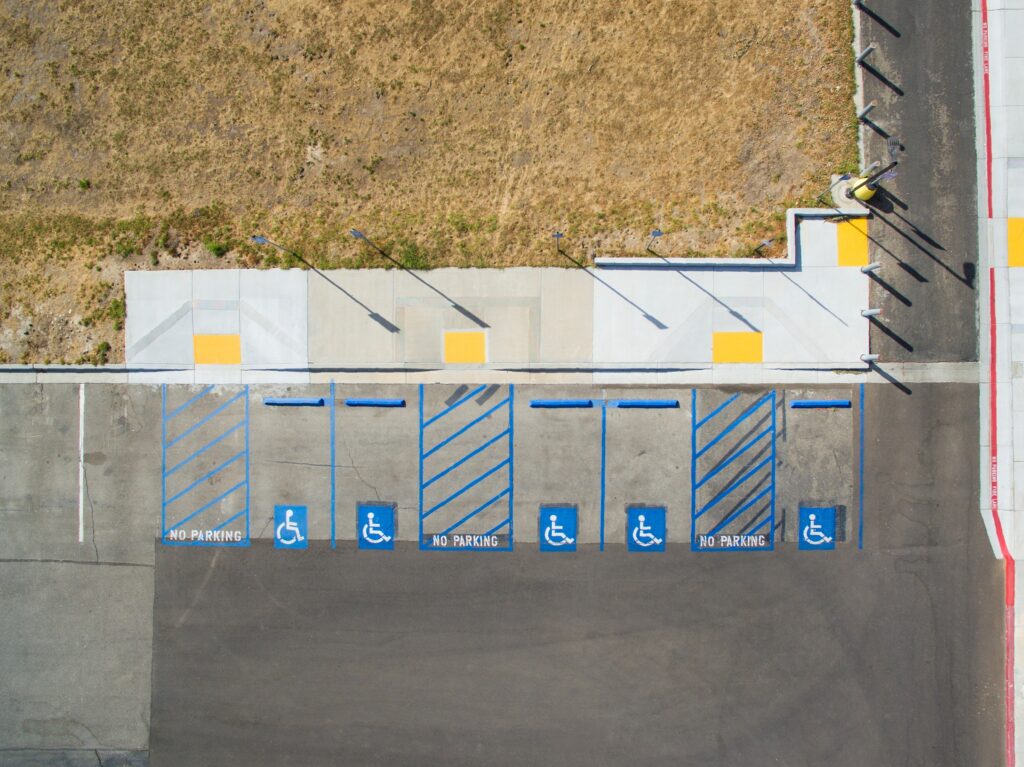As the voice of the commercial interior design profession in California, IIDA’s Northern and Southern California chapters join together in efforts of interior design advocacy every day by working to raise the visibility of our members, educating public officials about the value of what we do, and generally increasing awareness and understanding of our work and the impact we make in our communities.
Our advocacy efforts in 2022 were focused on the CCIDC Sunset Review. This process of legislative oversight is designed to ensure that boards and councils authorized by the state are acting in compliance with their laws and regulations, and are upholding their obligations to maintain license and certification standards, and preserve the safety of members of the public for whom the license or certificate holders provide services.
IIDA’s outreach with thought leaders and policy makers has arguably never been stronger than it was this year. Throughout the course of the Sunset Review, members of the IIDA Northern and Southern California advocacy teams met with both the chairs and several members of the Senate and Assembly of the Business and Professions Committees. Those Committees have jurisdiction over Sunset Review hearings, and are critical in shaping the outcome of the reauthorization conditions of the boards, bureaus and councils that come before it. In addition, countless meetings were held with committee staff, CCIDC leadership, and industry partners.
The goal of our meetings was to convey IIDA’s position heading into and throughout the Sunset Review, and to make our case for thoughtful, collaborative changes to the current certification structure for commercial interior designers practicing in California, including the requirement of a national exam and the definition of commercial interior designers’ scope, among other recommendations. Designers also communicate the caliber, technicality, and impactfulness of the work commercial interiors do, dispelling myths and correcting misperceptions that lawmakers, like all members of the public, have about our profession.
Despite our efforts, the changes we were seeking did not make it into the final version of the Sunset Review legislation.
In early-August, staff from the Business and Professions Committee shared with stakeholders draft amendments that they were comfortable making to the Sunset Review bill. These amendments were minor, and essentially conformed statute to the current practices of CCIDC. While these amendments were a far cry from what IIDA was hoping to see, staff made it clear that anything more substantive would not be included in the bill.
However, due to “procedural issues” late into the legislative session, even these minor amendments were not included in the bill. Instead, the amendments will be run again next year with other amendments that didn’t make it into their respective sunset review bills in 2022. The next sunset review for the CCIDC is slated for January 2026.
While the results weren’t what IIDA had hoped for going into the year, several developments unrelated to the sunset review indicate the status quo for interior design legislation is changing. For example, in July AIA California voted to change its decades-long policy of categorical opposition to the creation of an interior design practice act in a move that aligns with the same position reversal of AIA National and NCARB in 2021. Also in 2022, the expansion of commercial interior designers’ practice rights was passed and signed into law in Wisconsin and Illinois.
This year was undoubtedly a lesson in the minutiae of legislative procedures in a year when the statehouse is still clearing the backlog of work that was put on hold during the pandemic. However, there is strong momentum to continue our work with stakeholders and a new legislature in 2023 and beyond.















